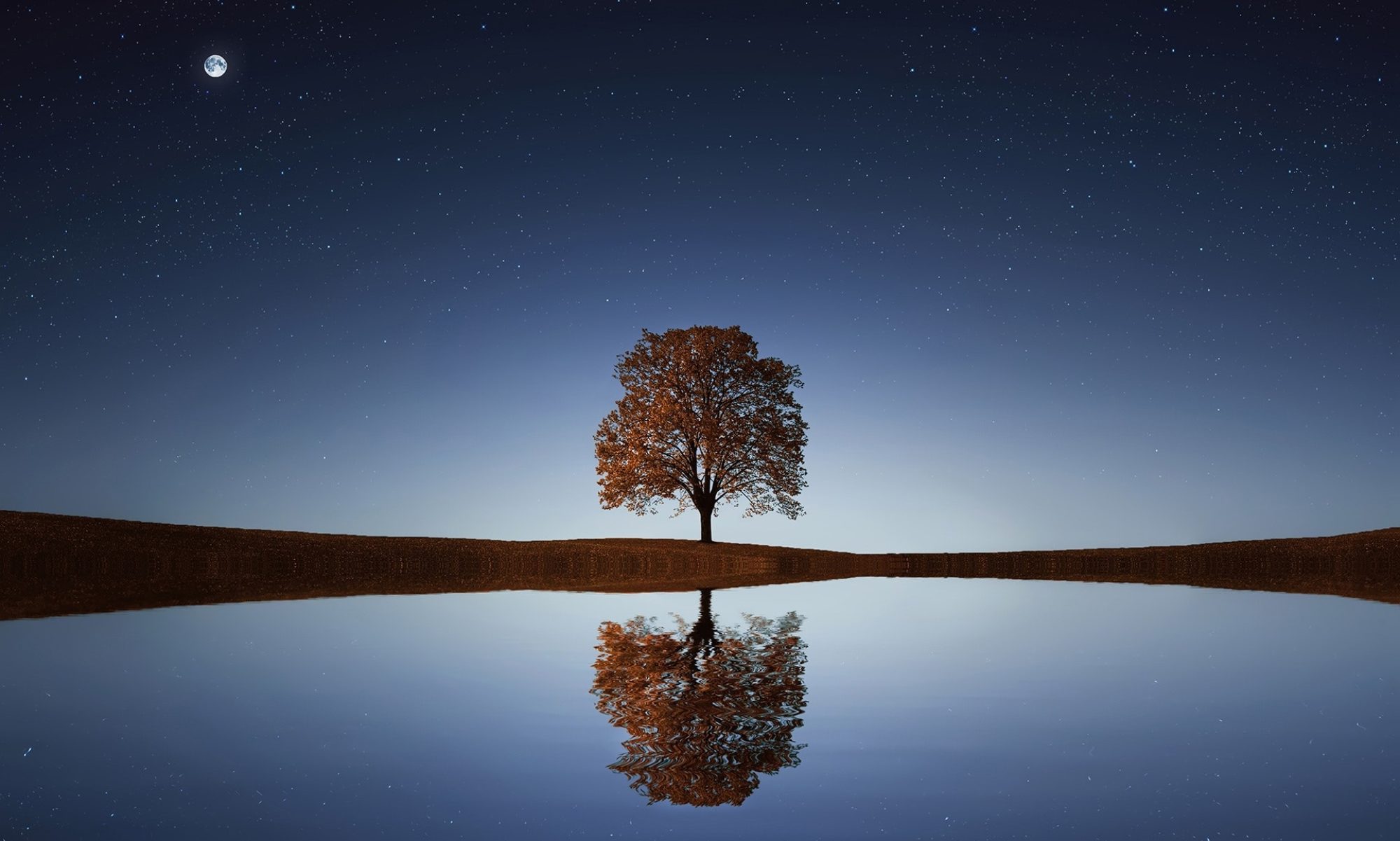
New York tribute to Octavia E. Butler today
Monday, June 5, 2006
at 7:00 PM
Bruno Walter Auditorium at the Library for the Performing Arts. 111 Amsterdam Avenue, between 64th and 65th St
Seats are no longer available.
Writers and friends of Octavia E. Butler, who died in February, 2006, will gather to pay tribute to this internationally known science fiction writer whose evocative, often troubling, novels explore far-reaching issues of race, sex, power and, ultimately, what it means to be human. Publisher Dan Simon, actor Avery Brooks, publisher and editor Max Rodriguez, writer Harlan Ellison, Professor Sandra Govan, literary agent Merrilee Heifetz, poet Sonia Sanchez, writer Samuel R. Delany and special musical guests will honor Ms. Butler with reminiscence, music and readings from her work.
This event is co-sponsored by Seven Stories Press
About Octavia E. Butler
Octavia E. Butler is the author of eleven novels, including Kindred, Dawn, Parable of the Sower, and, most recently, Fledgling (2005), and one collection of short fiction, Bloodchild. Butler received a MacArthur Foundation “genius” grant, science fiction’s highest honors–the Nebula Award and the Hugo Award–and numerous other literary awards.
According to her New York Times obituary, throughout Ms. Butler’s career, the news media made much of the fact that she was an African-American woman writing science fiction, traditionally a white male bastion. But in interviews and in her work itself she left no doubt that her background equipped her spectacularly well to portray life in hostile dystopias where the odds of survival can be almost insurmountable. “I’m black, I’m solitary, I’ve always been an outsider,” The Los Angeles Times quoted Ms. Butler as saying in 1998. Set in time periods ranging from the historical past to the distant future, Ms. Butler’s books were known for their controlled economy of language and for their strong, believable protagonists, many of them black women. One of Ms. Butler’s best-known novels, Kindred, told the story of a modern-day black woman who must travel back to the antebellum South to save the life of a white, slaveholding ancestor and, in so doing, save her own. Frequently assigned in black-studies courses, the book was rooted in the experience of the author’s mother, who worked as a maid. “I didn’t like seeing her go through back doors,” Ms. Butler once told Publishers Weekly. “If my mother hadn’t put up with all those humiliations, I wouldn’t have eaten very well or lived very comfortably. So I wanted to write a novel that would make others feel the history: the pain and fear that black people have had to live through in order to endure.” In an interview with The New York Times, Ms. Butler explained the deep appropriateness of her chosen genre as a vehicle for social commentary. “We are a naturally hierarchical species,” she said. “When I say these things in my novels, sure I make up the aliens and all of that, but I don’t make up the essential human character.”
About Dan Simon
Simon is publisher of Seven Stories Press, Octavia’s publisher for over 10 years.
About Avery Brooks
Brooks is the actor perhaps best known as Cmdr. Benjamin Lafayette Sisko on Star Trek: Deep Space Nine.
About Max Rodriquez
Rodriguez is editor of QBR: The Black Book Review, and one of the last people to interview Octavia.
About Harlan Ellison
Harlan Ellison, a science fiction writer, was Octavia’s first teacher at Clarion writing workshop and was a great champion of her work. He will be reading by remote.
About Sandra Govan
Govan is a professor of English at the University of North Carolina, Charlotte, with a specialty in American and African American literatures.
About Merrilee Heiftz
Heifetz is Octavia’s longtime literary agent and executor of her literary estate.
About Sonia Sanchez
Sanchez is author of more than a dozen books of poetry, plays, and winner of several awards including those from the NEA, and a Pew Fellowship.
About Samuel R. Delany
Samuel R. Delany is an award-winning science fiction writer whose books include the novels Nova and Dhalgren, and the Hugo-award-winning autobiography, The Motion of Light in Water and, most recently, About Writing.
All LIVE from the NYPL events are general admission. Arrive early for best seat selection. Box office opens 2 hours before the event and doors open 45 minutes before the event. Management reserves the right to refuse admission to latecomers.



